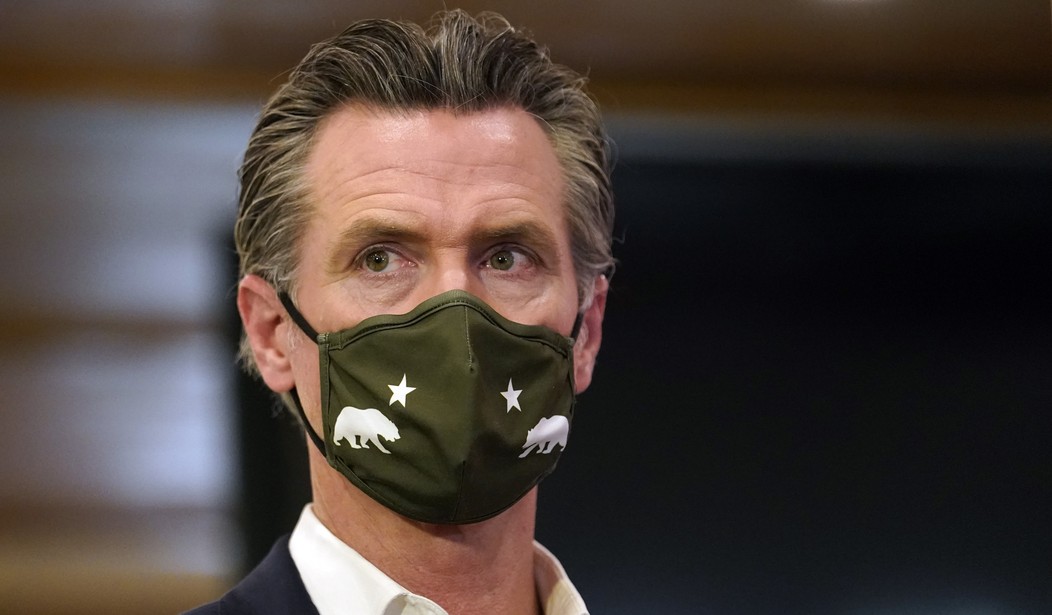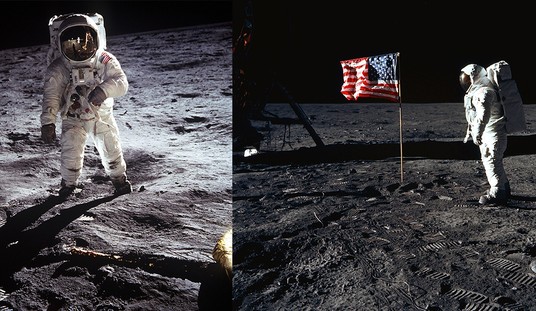California’s “green dream” of going to 100 percent new electric vehicles by 2035 is hitting a major reality roadblock. Last week, during a major heat wave, the California Independent System Operator (CAISO), the agency charged with managing the state’s electric grid, sent out a tweet suggesting electric car owners shouldn’t be charging their electric vehicles.
In the accompanying media release, CAISO had this to say:
… grid operators again ask the public to conserve electricity to help balance supply and demand on the grid and avoid service disruptions due to extreme heat across much of the Southwest.
To be as comfortable as possible during the Flex Alert hours, consumers are also strongly encouraged to take these steps earlier in the day: · Pre-cool your home by lowering the thermostat · Close window coverings to keep your home or apartment cool · If you need to use major appliances like your dishwasher, clothes washer and dryer, do so before the Flex Alert takes effect · Pre-charge electronic devices · Close window coverings to keep your home or apartment cool · Pre-charge electric vehicles [Emphasis added.]
That’s right, you should NOT charge your electric vehicles during a heat wave in California. Why? Because, like the power supply system in many developing countries, California’s electric power generators can’t deliver enough electricity to CAISO to meet demand.
Even Tesla got into the act, pushing this message out to internet-connected Tesla interior LCD screens during last year’s August heat wave:
The current heat wave is impacting the grid in California. If possible, we ask that you reduce Supercharging and home charging between the hours of 4pm and 9pm to support the statewide efforts to manage demand.
Additionally, proactive utility shutoffs may limit charging options As always, your touchscreen will display live statuses of Superchargers in your area – simply tap on a desired Supercharger station to confirm its availability.
Meanwhile, in Sacramento the governor, legislators, and regulators still think electric vehicles are vital to California’s plan to reduce emissions over the next two decades. In 2020, California Gov. Gavin Newsom, by executive fiat, set 2035 as a target date for ending the sale of gasoline- and diesel-powered vehicles as a way to fight “climate change” in the state.
At the same time, California has been looking to expand electric vehicle ownership and make charging stations more accessible.
California suffers from an electric grid problem, because the state has eschewed reliable fossil fuels in favor of unreliable green energy, such as wind and solar power. This presents a problem, because such sources don’t work when the wind stagnates during heat waves or at night. when there’s no sunlight. Simultaneously, the state is exacerbating this problem, creating ever more demand for electricity by promoting electric vehicles and shutting down access to natural gas appliances.
Deliberately redesigning the state’s electric grid from one that historically supplied power 24 hours a day, seven days a week, regardless of the weather, to one that can only supply power reliably when weather conditions are Goldilocks-like (“just right”) was, at the very least, foolish.
In 2020, California’s electric grid came within minutes of collapse due to heavy loads at the same time solar power slumped at sunset. On August 17, during the CAISO Board of Governors Meeting, CAISO President Steve Berber let loose with this bit of reality.
According to the transcript, Berber said, “You are trading the loss of 3,000 megawatts for the collapse of the entire system of California and perhaps the entire West. … When you’re at the very edge and you have a contingency and you have no operating reserves, you risk entire system collapse.”
Nothing has changed since then, so power shortfalls, perhaps even more severe than last summer’s, are likely to occur again this summer. That’s a sobering thought.
California has traded energy security to kneel before the false prophet of green energy. Instead of using reliable and affordable coal, natural gas, and nuclear power plants, they are increasingly relying on intermittent and unreliable industrial wind and solar facilities. The people of California, and perhaps the West in general, may pay the price for that homage, if the power grid collapses during the ongoing heat wave.
A new heat wave looms on the horizon this week, even bigger than the one that occurred last week. This map from the Sacramento National Weather Service Office tells the story:
Warmer temperatures today, turning hot Saturday. #cawx pic.twitter.com/aNwIzJZsYk
— NWS Sacramento (@NWSSacramento) June 25, 2021
They also issued the following alert earlier this week:
URGENT – WEATHER MESSAGE
National Weather Service Sacramento CA
147 PM PDT Wed Jun 23 2021
… Dangerous and long duration heatwave to impact the northern
and central Sacramento Valley …
Developing high pressure over the Pacific Northwest will result
in region-wide warming later this week. Triple digit heat will
return to northern California as early as Friday with further
warming through the weekend with highs of 105 to 114 degrees.
The key phrase is “long duration event,” and the key number is 114 degrees.
With that heat wave looming, renewables, more appropriately called “unreliables,” will once again be tested. California’s green dream may very well be a bunch of electric vehicle owners that can’t get a charge. The poor and lower middle class, the people least likely to be able to afford California’s expensive power, or those who have no power due to the likely rolling blackouts to keep the grid from collapsing, will suffer the most.
Of course, the media will blame the heat wave on “climate change,” while at the same time giving a collective shrug as to why electric vehicles are found on the road with dead batteries, while vehicles with internal combustion engines continue to reliably deliver people to their homes, shopping, and places of business.
Anthony Watts is a senior fellow for environment and climate at The Heartland Institute.














Join the conversation as a VIP Member